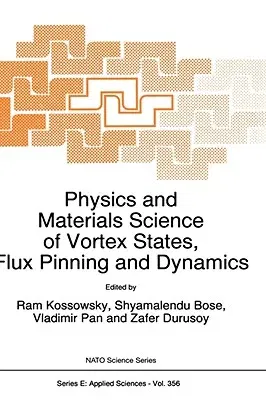Physics and Materials Science of Vortex States, Flux Pinning and Dynamics (1999)Hardcover - 1999, 30 April 1999

Qty
1
Turbo
Ships in 2 - 3 days
In Stock
Free Delivery
Cash on Delivery
15 Days
Free Returns
Secure Checkout

Part of Series
NATO Science Series E:
Part of Series
NATO Asi Series, Series E: Applied Sciences
Part of Series
NATO Science Series: E:
Print Length
771 pages
Language
English
Publisher
Springer
Date Published
30 Apr 1999
ISBN-10
0792356632
ISBN-13
9780792356639
Description
Product Details
Book Edition:
1999
Book Format:
Hardcover
Country of Origin:
US
Date Published:
30 April 1999
Dimensions:
24.33 x
16.56 x
4.45 cm
ISBN-10:
0792356632
ISBN-13:
9780792356639
Language:
English
Location:
Dordrecht
Pages:
771
Publisher:
Weight:
1183.88 gm